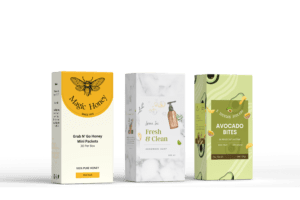Home » Physical vs Digital Packaging Prototypes: Choosing the Right Prototype for Your Business Needs
Physical vs Digital Packaging Prototypes: Choosing the Right Prototype for Your Business Needs
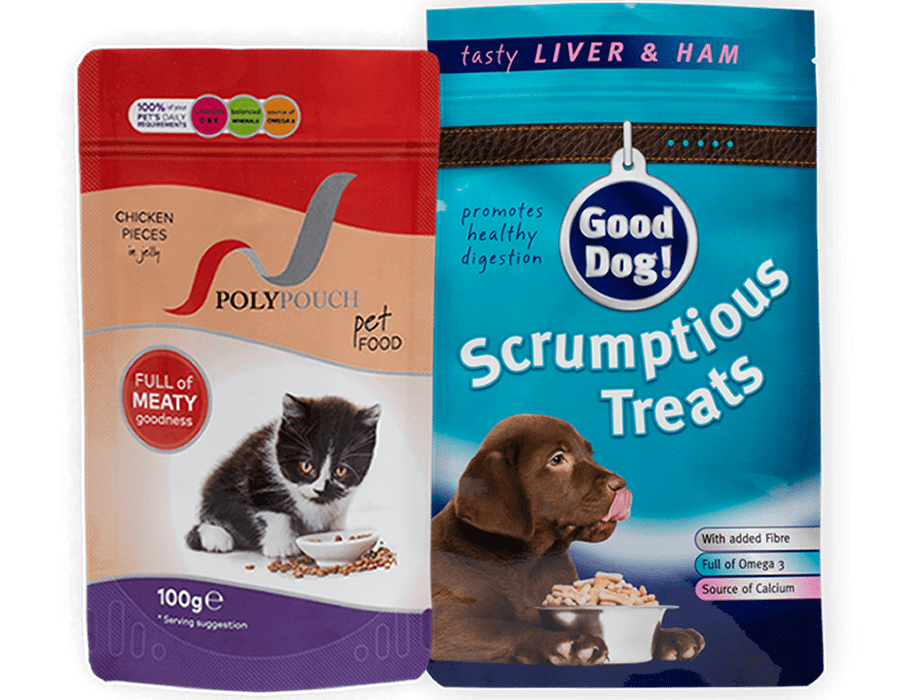
In today’s market, packaging plays a crucial role in product sales and branding. It is one of the most critical aspects of a product’s marketing strategy, making it essential for businesses to get it right. There are two main types of packaging prototypes: physical and digital. Each has its benefits and drawbacks, and understanding these differences can help businesses choose the right prototype for their packaging needs.
Physical Packaging Prototypes
Physical prototypes are tangible models of a product’s packaging. These prototypes are made using physical materials like cardboard, plastic, and metal. The prototype is a full-scale representation of the final packaging design, giving businesses a realistic idea of how the packaging will look and feel.
Benefits of Physical Packaging Prototypes
- Realistic Experience: Physical prototypes offer a tactile experience that digital prototypes cannot replicate. The user can touch, feel, and interact with the packaging, giving a more realistic experience.
- Accurate Color Representation: Color representation is an essential aspect of packaging design. Physical prototypes offer a more accurate color representation than digital prototypes, as colors can appear differently on screens than they do in real life.
- Detailed Design: Physical prototypes offer businesses the opportunity to see and test the detailed design of the packaging, including the structure, materials, and finish.
- Easy to Understand: Physical prototypes are easier for everyone to understand, even those who may not be familiar with design software.
Drawbacks of Physical Packaging Prototypes
- Time-consuming: Physical prototypes can be time-consuming to create and may require multiple iterations before the final design is achieved.
- Costly: Creating physical prototypes can be expensive, especially if multiple iterations are required.
- Limited Revisions: Making changes to a physical prototype can be challenging and may require starting from scratch, which can be costly and time-consuming.
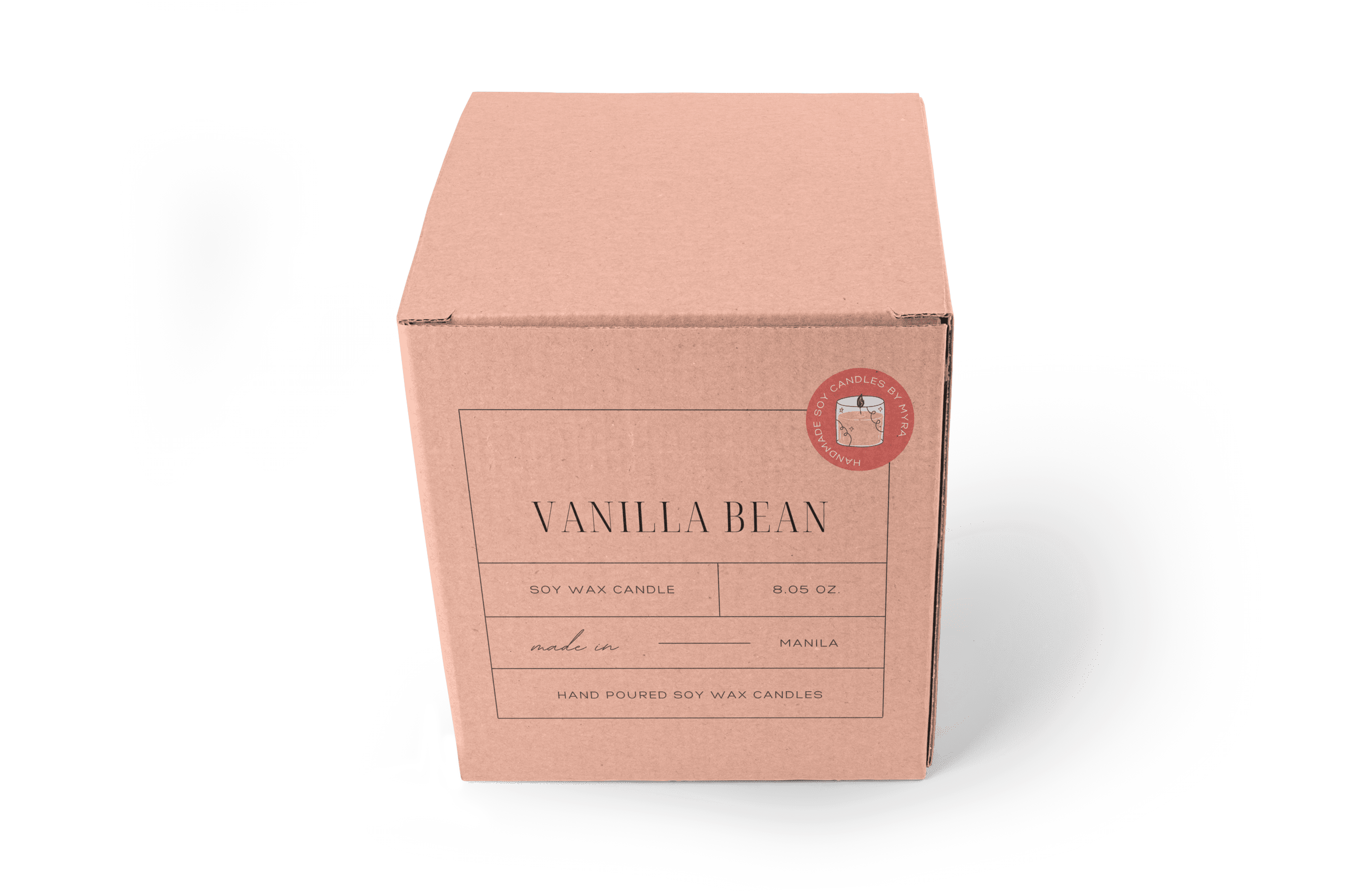
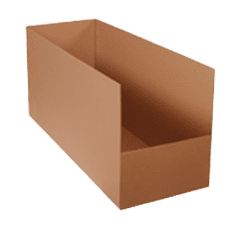
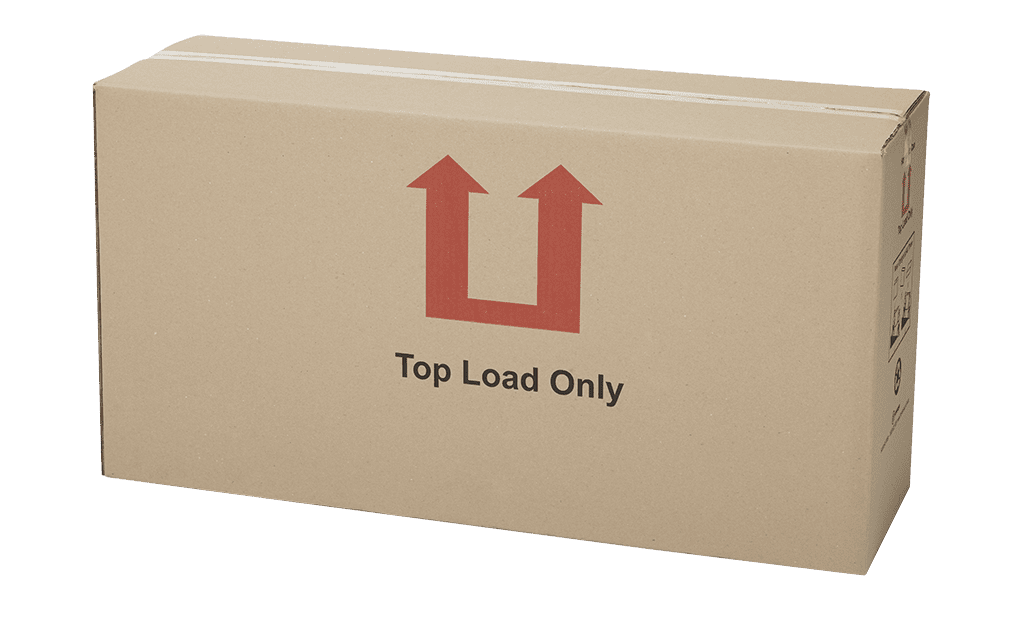
Digital Packaging Prototypes
Digital packaging prototypes are created using software and computer graphics. They are virtual representations of the final packaging design, giving businesses a 3D view of the packaging design.
Benefits of Digital Packaging Prototypes
- Quick and Cost-effective: Digital prototypes are quick and cost-effective to create compared to physical prototypes.
- Easy Revisions: Making changes to a digital prototype is easy and cost-effective. It can be done quickly without the need for starting from scratch.
- Eco-friendly: Digital prototypes are environmentally friendly, as they do not require physical materials, reducing waste.
- Easy Collaboration: Digital prototypes can be shared electronically, making it easy to collaborate with remote team members.
Drawbacks of Digital Packaging Prototypes
- Lack of Tactile Experience: Digital prototypes lack a tactile experience, making it difficult to understand how the packaging will feel in real life.
- Limited Color Representation: Colors can appear differently on screens than they do in real life, leading to inaccurate color representation.
- Limited Detail: Digital prototypes may not show the finer details of the packaging, including the texture and finish.
- Steep Learning Curve: Creating digital prototypes can have a steep learning curve, requiring specialized software and technical skills.


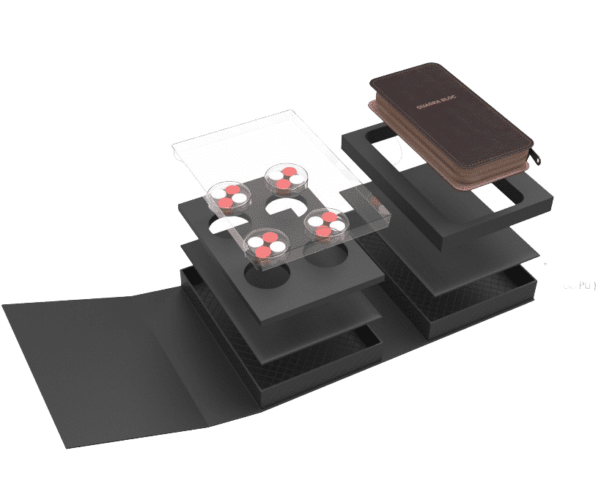
Summary: Physical Vs Digital Packaging Prototypes
Both physical and digital packaging prototypes have their benefits and drawbacks. Physical prototypes offer a realistic experience, accurate color representation, and detailed design, but they can be time-consuming and costly. Digital prototypes, on the other hand, are quick and cost-effective, easy to revise, eco-friendly, and offer easy collaboration, but they lack a tactile experience and may have limited detail and color representation.
If you are interested in custom packaging solutions, then partner with Brown Packaging today.
The holiday season is the busiest—and most demanding—time of year for e-commerce packaging. Higher shipping volumes, faster turnaround times, and rougher handling conditions increase the
During the holiday season, packaging does more than protect—it directly influences how recipients perceive the gift inside. For e-commerce buyers, the right packaging design can
Holiday e-commerce packaging carries two expectations: delivering a memorable unboxing experience and meeting sustainability standards. Shoppers want festive branding, but they also expect recyclability and
Holiday e-commerce volumes can overwhelm manual packing operations. Automation offers a scalable way to meet peak demand while maintaining accuracy, speed, and consistency. For packaging
Point-of-purchase (POP) displays do more than attract shoppers—they must also survive the complexities of modern supply chains. From manufacturing and warehousing to transportation and in-store
Holiday returns cost retailers billions each year, with packaging failures being a major driver. Damaged goods, oversized boxes, and poor protection lead to dissatisfied customers
Home » Physical vs Digital Packaging Prototypes: Choosing the Right Prototype for Your Business Needs
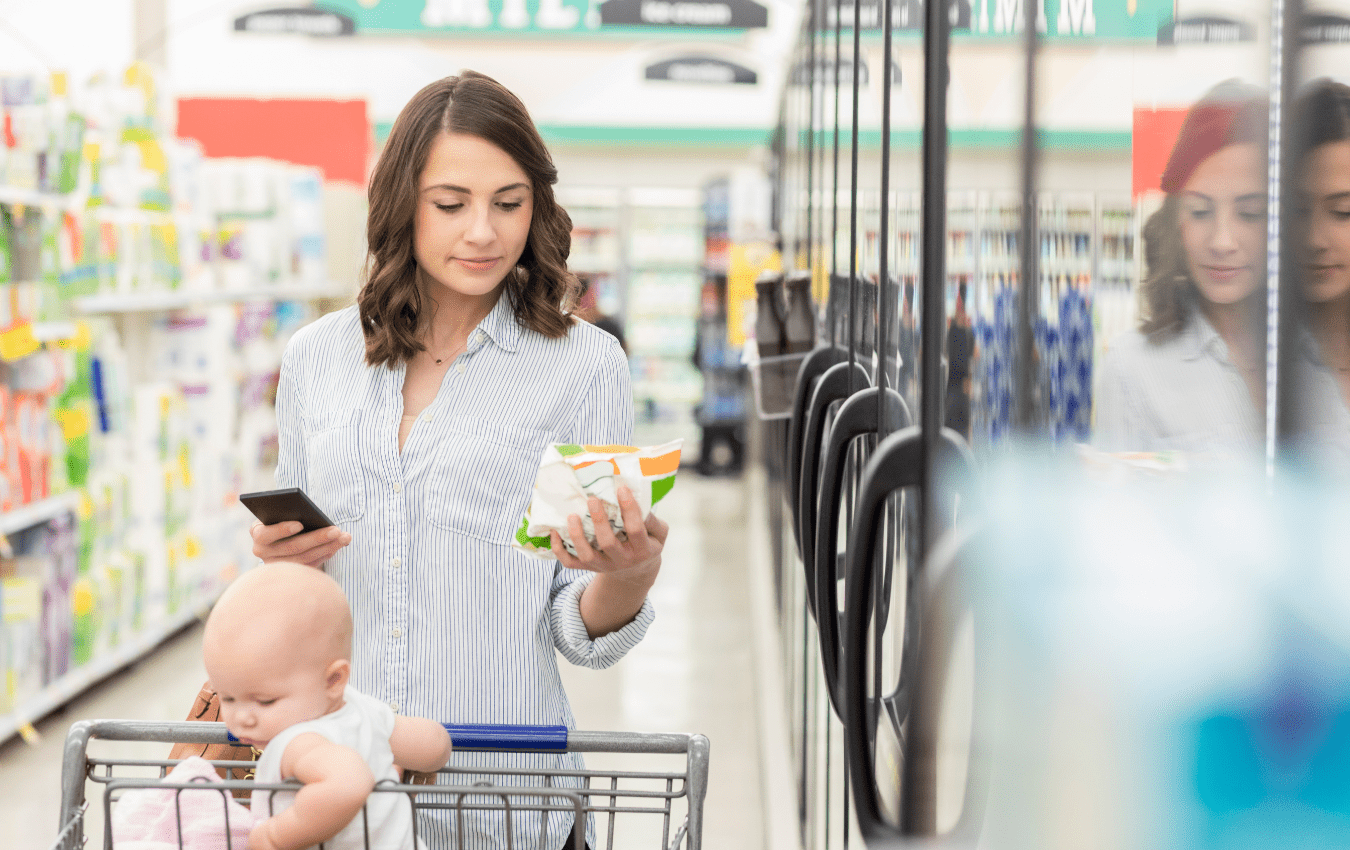
As a packaging buyer, it is important to understand the regulations and requirements surrounding food labels to ensure that the packaging you purchase complies with
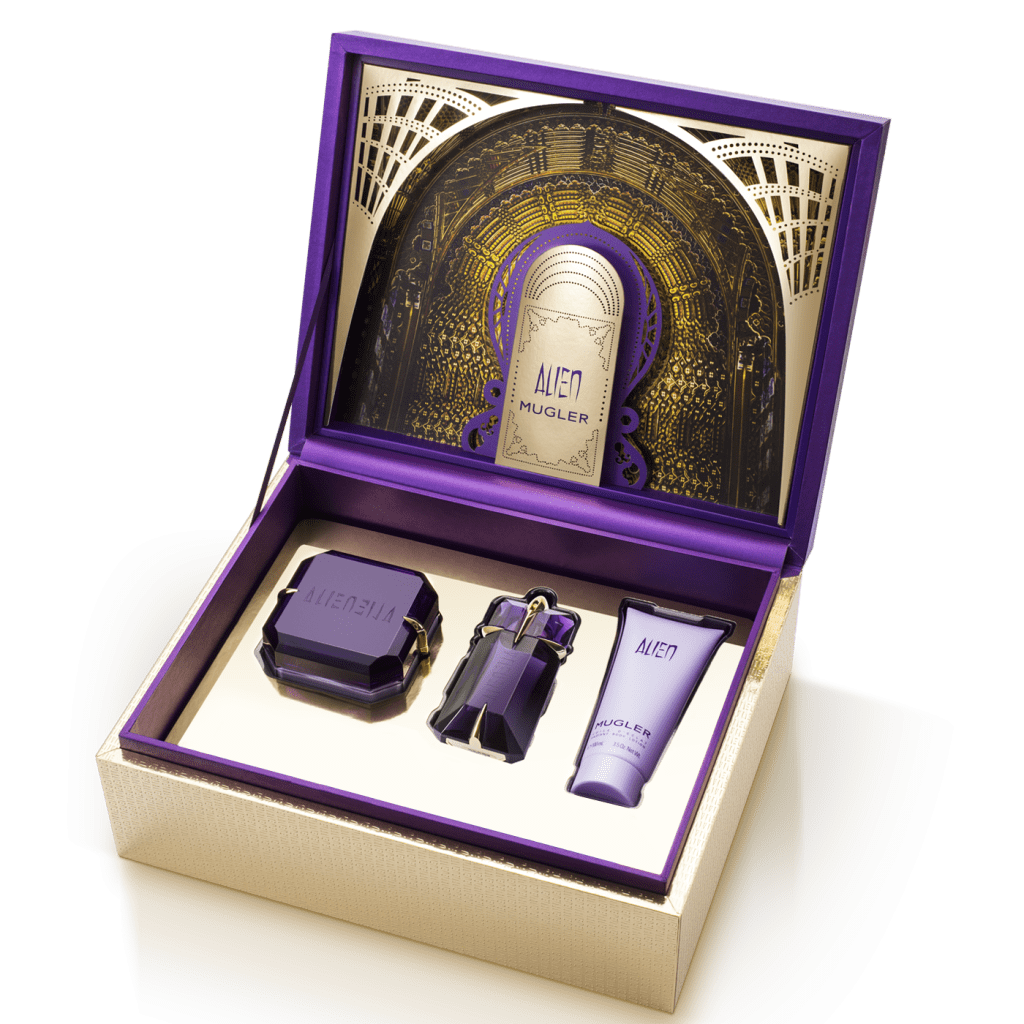
Limited edition and special collection items provide a unique customer experience that can significantly elevate a brand’s appeal. One way to make these products stand

As businesses increasingly shift away from overseas suppliers, finding a reliable domestic packaging supplier in the USA has become a priority. Domestic suppliers offer shorter


